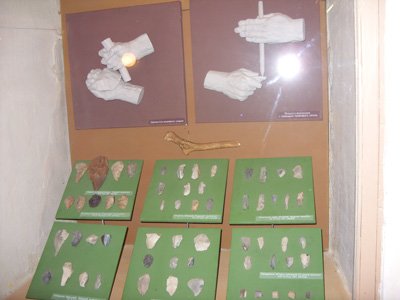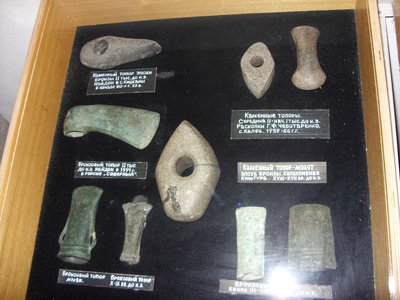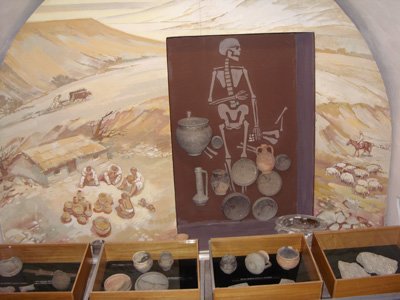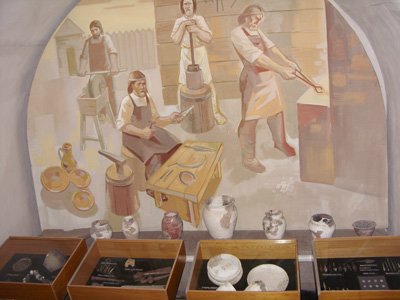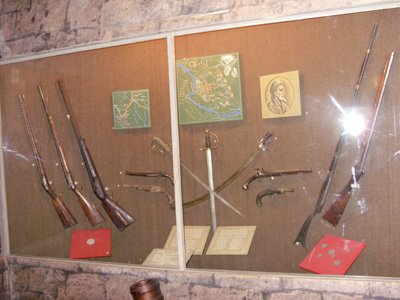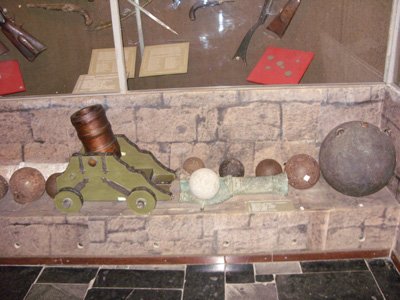|
The exposition by the Department of History is arranged by topic in chronological order and covers the period from the moment the city was settled by ancient people to the present. It is a collection which includes instruments of labour from an epoch of the late Paleolithic period, bronze axes from around 2000 B.C., a collection of pottery from the Chernyakhovsk culture of the 2nd century A.D., Slavic fighting axes from the 9th-10th centuries A.D., medieval weapons, rare samples of weapons from the Russian-Turkish wars of the 18th and 19th centuries, pig-iron kettles, copperware, Turkish pipes, and items from the 20th century.
Illustrious and important components included in the exposition are: reconstruction of the Cro-Magnon people's lifestyle (creators E. Shikov and I. Trochin)
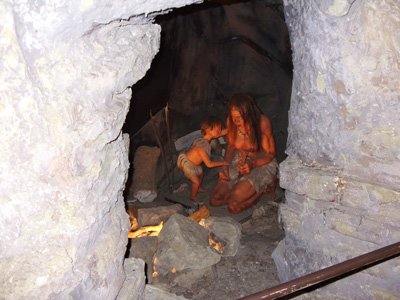
Breadboard model of the Bendery Fortress (the author is G. Zykov),
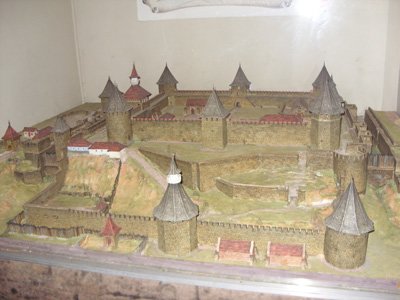
In 1709 Swedish king Karl XII and Ukrainian hetman Mazepa ran away from the Poltava battle field. They hurried to Bendery - the territory of the Turkish Empire.

But the Turks didn't invite the fugitives into the Bendery fortress but advised them to inhabit near it. Karl XII built three camp-towns both on the left and right banks of the Dniester during his staying in Bendery. One of them was called Karlopolis. The last one in the village Varnitsa the king named "My new Stockholm" because of nostalgia.
The rest of Swedish and Cossack troops - about 10 thousand men - lived there.
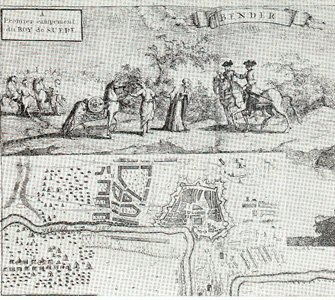
Hopelessly sick and despaired Mazepa didn't want to inhabit "Stockholm". He preferred the peasant's house in Varnitsa. On the September 22, 1709 he had died.
Karl XII ruled Sweden from Bendery for whole three years. At last the Turks decided to get rid of him.
They assaulted the house where Karl XII locked with 300 devoted soldiers. The king was captured, tired, sent to Adrianople, then home.
The Karl's portrayal was left at the old emblem of Bendery. He is depicted as a lion with a human face. This is the unique case in the world heraldic practice.
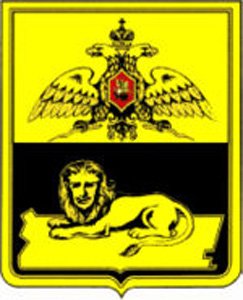
Diorama Storm of the Bendery Fortress by Russian army in 1770 (creators G. Zykov, and Í. Dmitrienko)
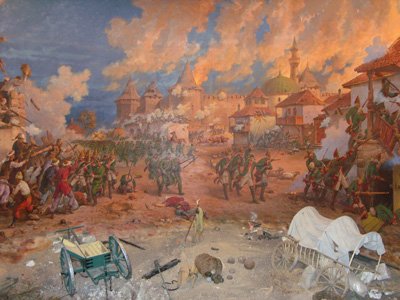
|
Diorama Speeding up of the Dniester River by the Soviet army around Varnitsky base. April, 1944 (creator N. Dmitrienko), 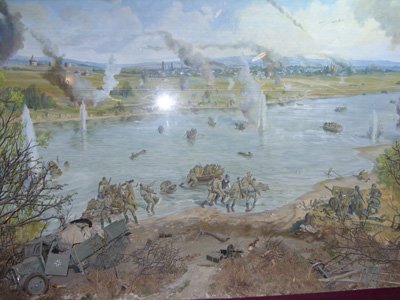
|
Reproduction "Sewing shop. 1944 ",
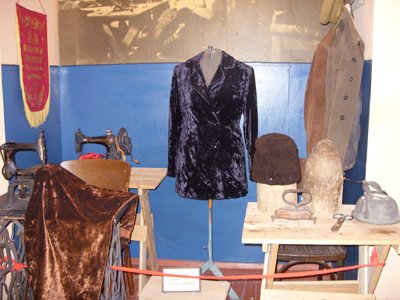
|
Fragment of an interior of a worker's room at the beginning of the 1950s, etc.

|
|
